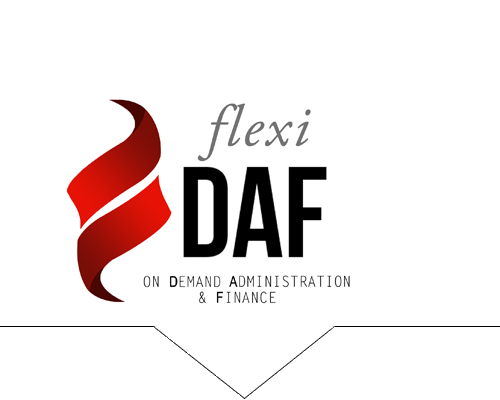Implementing a Shared Service Center in Accounts Payables : key success factors
Implementing a Shared Service Center (SSC) in accounts payables is a complex project, as it involves a deep change in the accounting organization and in the flow of documents. You have to take into consideration several dimensions :
- the technical aspect : both in terms of accounting and of information systems
- the political and social aspect : coming from the resistance to change and of the possible impacts for the accounting organization
- the economic aspect : it represents an investment in resources (for building and managing the project team, for the possible recruitments or transfers of personnel, for the training) ; it may also lead to some technical investments (in information systems adaptation, in electronic document management – EDM). Therefore returns will be expected from such a project
Obviously, the project’s complexity is increasing significantly when the SSC is located in a foreign country, and with a different language.
Here are some basic rules to follow in order to be successful, once the decision has been taken :
Rule 1: have full support from the teams
It is not always easy to get the support from the involved teams and from the management. The project might be interpreted (often wrongly by the way !) as a reduction of the scope of activity and of responsibility ; it also means a change in the working habits and a possible social impact.
You will have
• to convince of the feasibility and viability of such a project,
• to clarify the rules of governance between local accounting teams and the SSC (local teams will continue to have still some responsibilities on the AP accounting, as it will continue to affect their accounts) ,
• to explain the interest of the project. It can be economic , but it may bring also some benefits in terms of organization (developing synergies or expertise, local accounting teams focused on tasks with higher added value , strengthened controls and services … )
Rule 2: design a feasible and gradual implementation plan
Learning to work in the framework of SSC requires an adjustment period. So it is strongly recommended to proceed in different stages starting for example with a site, a subsidiary, or with a type of invoices. This will allow teams to get some know-how , to learn how to work with off-site colleagues, to write adequate and operational procedures.
Rule 3 : mapping the different categories of invoices and designing corresponding clear processes
The mapping of the different types of invoices and of their approval process is really key because with the SSC you will lose the proximity and thus the flexibility or fluidity you usually solve issues. You will have , for example, to distinguish :
- Purchase invoices impacting inventories : the approval of these invoices is usually easier because they are associated with an order and a reception already recorded and booked in the system .
- Non inventory purchase invoices : the process will be different depending if the document is linked or not to a purchase order, if it is a regular service invoice (rent, leasing….) or not, on how the payment will be done (direct debit, bank transfer…)
For each group of invoices, you have to define the appropriate accounting policies (GL accounts, cost centers , project codes … ) . In some cases, you have to define a rule for each supplier, especially if the documents are not easily understood by the CSP (language problem ) …
Rule 4 : Define the documentation flow for accounting and approval
The questions usually to be answered by the time of the SSC implementation are : should you change the address where suppliers are sending the documents ? Should invoices be sent directly addressed to the SSC center ? Or should they still to be sent to the site (and transmitted to the SSC by scan or through the EDM system) ? How will you the invoices : by email or by normal post ? Who is validating the invoice ? When and how ?
Rule 5: define the rules for VAT management
This question is crucial particularly in Europe and especially if the SSC is relocated in another country and above all outside EEC . The VAT mechanisms are not completely identical in all European countries and make therefore things not easy to understand for a non European accountant. A very precise process for VAT needs therefore to be designed together with a good documentation and training.
Rule 6: define processing rules for exceptions, problems solving, for managing suppliers reminders
The working rules of the AP SSC must clearly define who is responsible for solving problems (price issue, quantity issue, a new type of invoice, discount) , how are followed outstanding not booked invoices.
Similarly, you have to define in advance by whom and how are managed suppliers reminders ….
Rule 7: regular monitoring
Regular monitoring (through regular meetings , video conferences or conference calls ) after the go live enables to keep a link and therefore a good cooperation between local teams and the AP SSC to ensure a continuous good quality service, and to address faster pending issues.
The design and implementation of a SSC in Accounts Payables , even if it is a complex project is a great tool to increase the efficiency or the professionalism of accounting teams. It is generally a good starting point for other projects to be handled through shared financial services (assets management , accounts receivables , cash collection, treasury ledger… )
Please click here if you want to get more information or advise.


